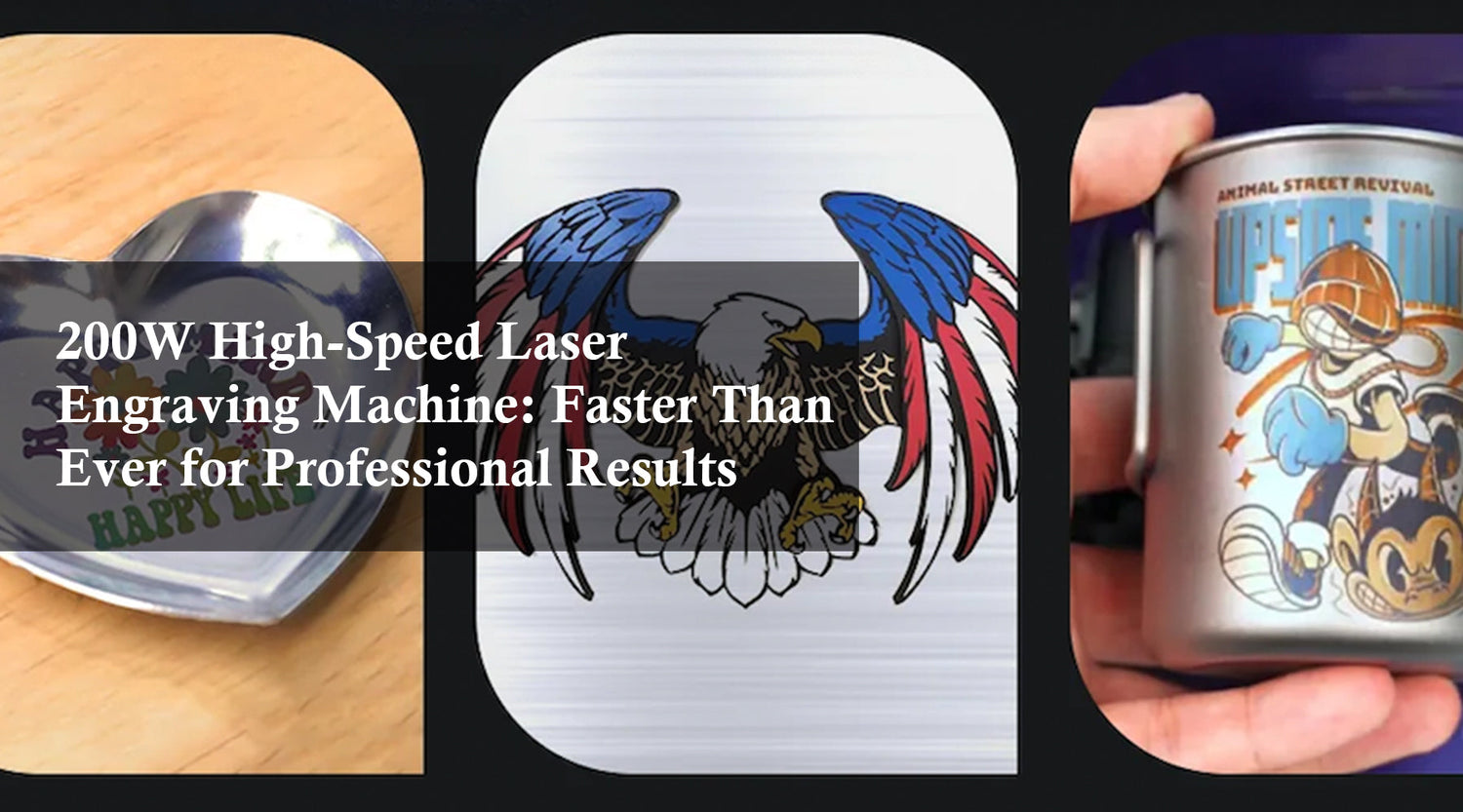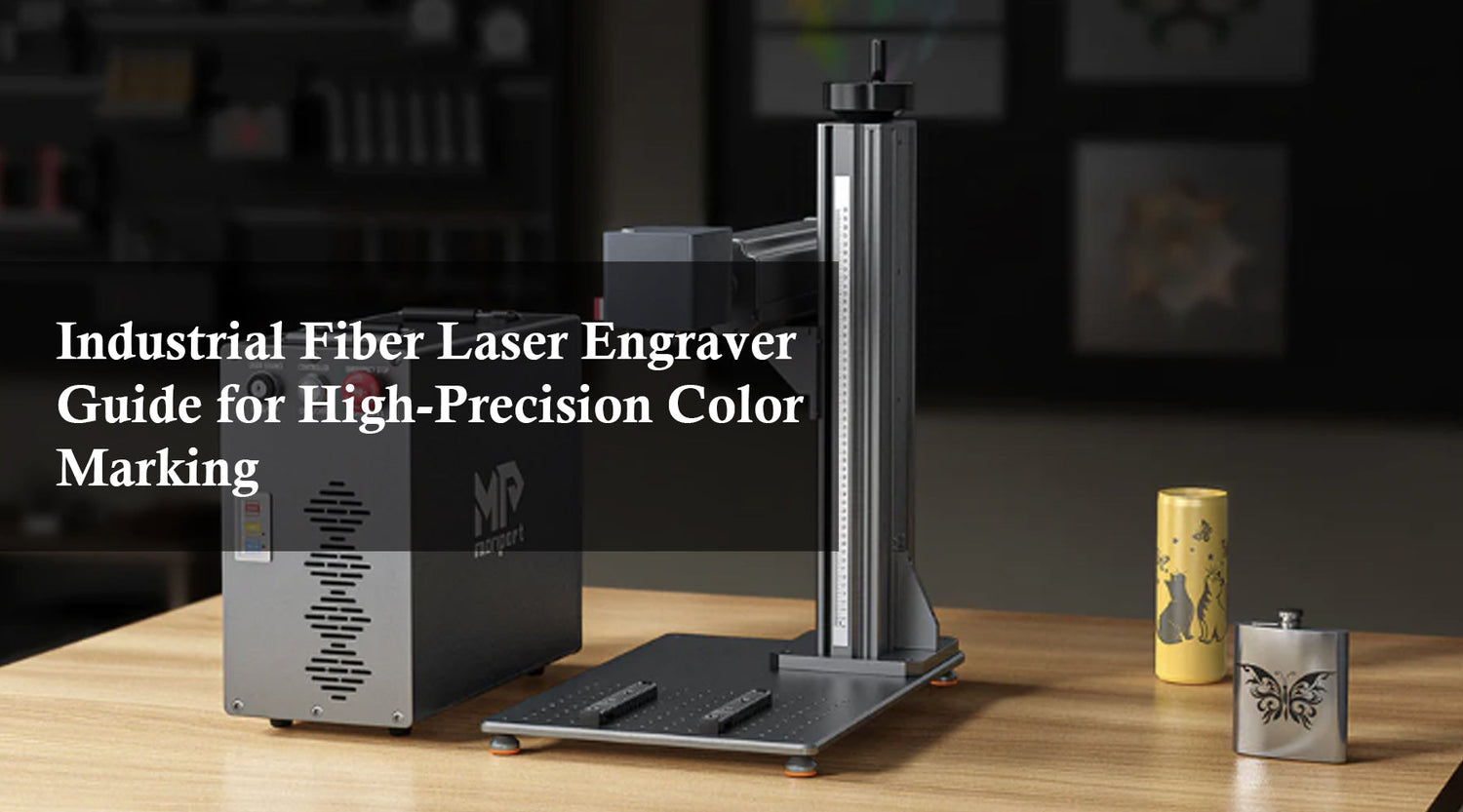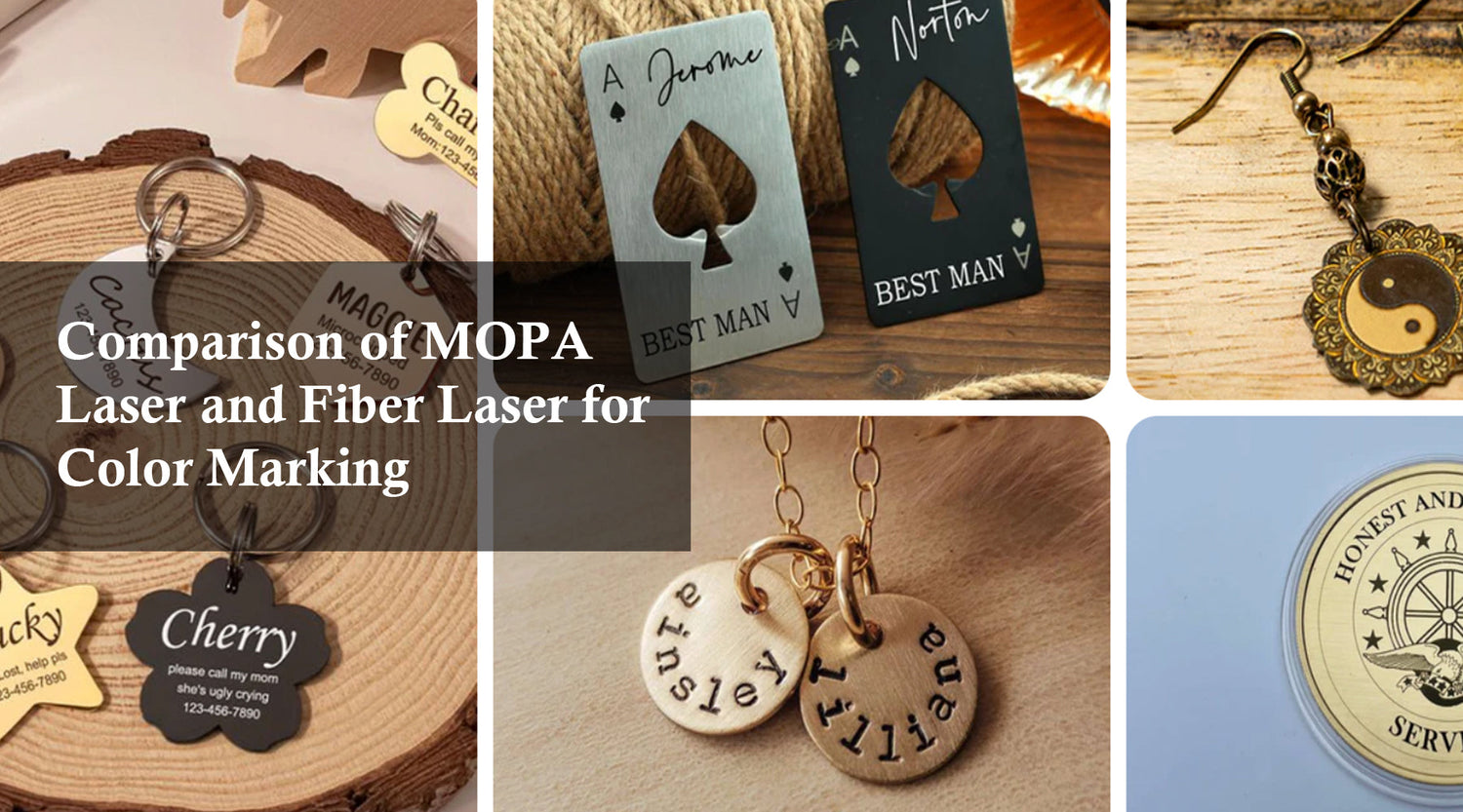Introduction
In the realm of creative craftsmanship, the marriage between technology and tradition has birthed a revolution, and laser etching wood stands at its forefront. This fusion of precision engineering and natural beauty has redefined the art of woodworking, offering artisans and enthusiasts alike unparalleled opportunities for creativity and expression. With advancements like the Monport 60W CO2 Laser Engraver & Cutter, the boundaries of possibility have expanded, inviting us to explore the depths of our imagination on the canvas of timber. Let us embark on a journey to unravel the mysteries of this captivating craft, beginning with a quest to uncover the best wood for engraving.
Monport 60W CO2 Laser Engraver & Cutter (28" x 20") with Autofocus
Understanding Laser Etching Wood
Laser etching wood involves using a focused laser beam to vaporize or burn the surface layer of the wood, creating intricate designs, texts, or images. The depth and intensity of the engraving can be controlled precisely, allowing for customization and detailed artwork.

Best Wood for Engraving
Choosing the right wood is crucial for achieving optimal results in laser engraving. Below is a table highlighting some of the best wood types for laser etching, along with their characteristics:

FAQs about Laser Etching Wood:
-
Can any type of wood be laser engraved? While many types of wood can be laser engraved, some woods produce better results than others. Hardwoods like maple, birch, cherry, walnut, and alder are preferred due to their density and smoothness.
-
Does the thickness of the wood affect the engraving process? Yes, the thickness of the wood can impact the engraving process. Thicker wood may require multiple passes or higher laser power to achieve the desired depth of engraving.
-
Is there any wood that should be avoided for laser engraving? Woods with high resin content, such as pine, cedar, and fir, should generally be avoided for laser engraving as they can produce uneven results and release harmful fumes.

Important Details to Consider:
-
Wood Preparation: Ensure that the wood surface is clean, smooth, and free from any coatings or finishes before laser engraving.
-
Optimal Settings: Experiment with different laser power and speed settings to achieve the desired engraving depth and clarity.
-
Safety Measures: Always wear appropriate protective gear, such as safety glasses and ventilation masks, when operating a laser engraving machine to avoid exposure to laser radiation and fumes.

Key Takeaways
-
Choose hardwoods like maple, birch, cherry, walnut, or alder for the best results in laser engraving wood.
-
Experiment with different wood types and settings to achieve the desired engraving effects.
-
Prioritize safety by wearing protective gear and ensuring proper ventilation during the engraving process.











